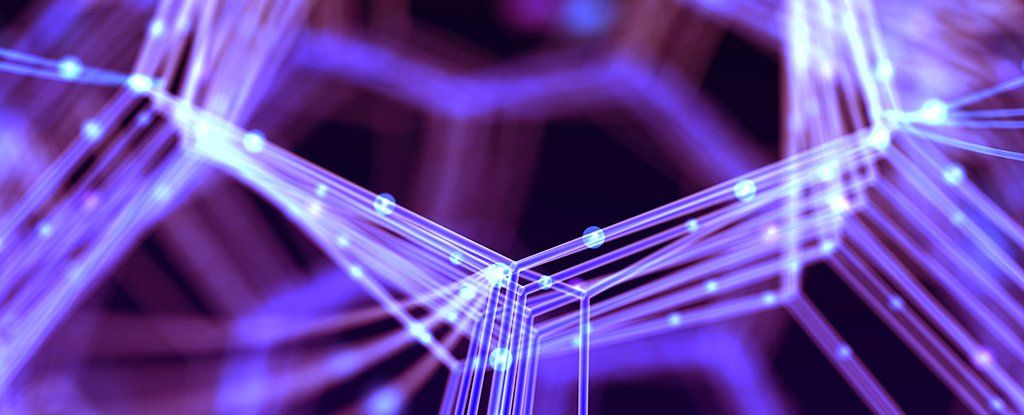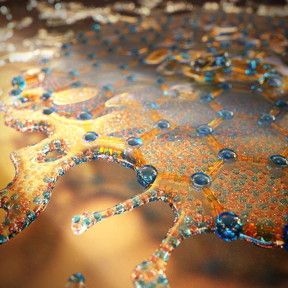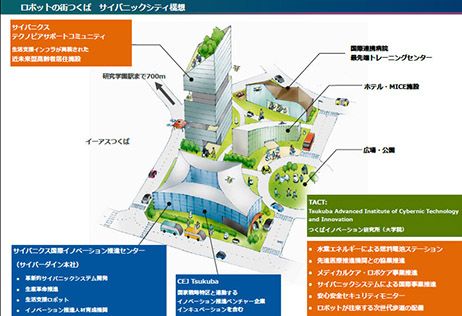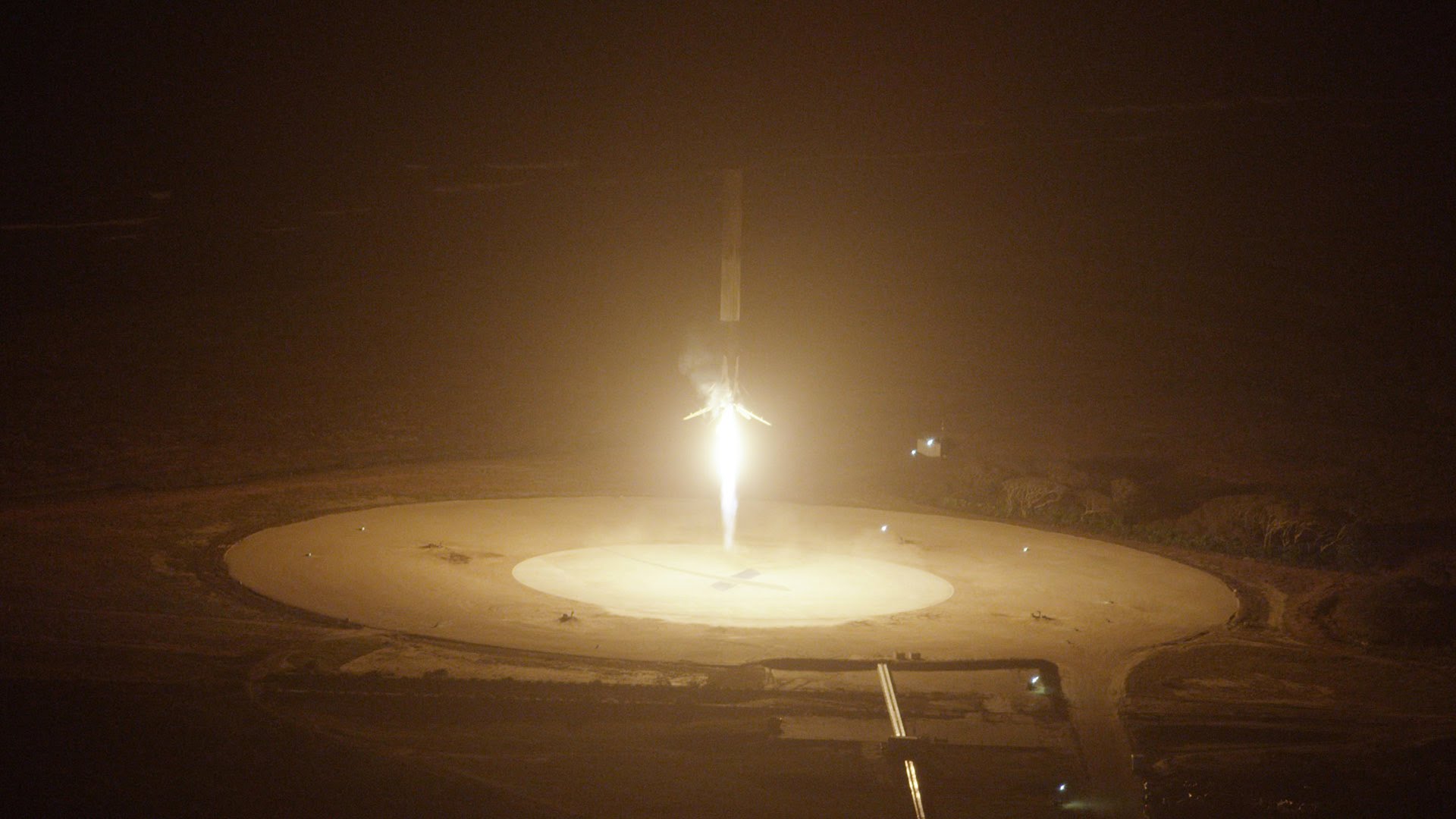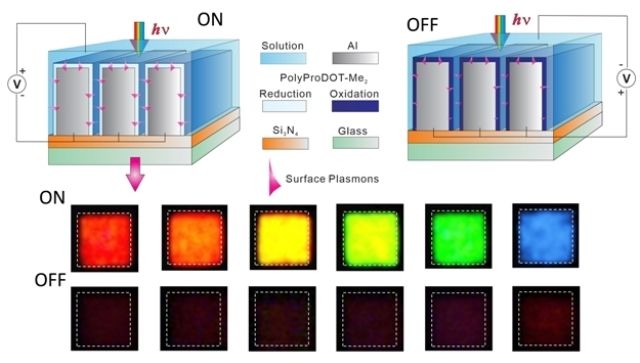Feb 17, 2016
Wonder material graphene has been turned into a superconductor
Posted by Shailesh Prasad in categories: energy, materials
Researchers in Japan have found a way to make the ‘wonder material’ graphene superconductive — which means electricity can flow through it with zero resistance. The new property adds to graphene’s already impressive list of attributes, like the fact that it’s stronger than steel, harder than diamond, and incredibly flexible.
But superconductivity is a big deal, even for graphene, because when electricity can flow without resistance, it can lead to significantly more efficient electronic devices, not to mention power lines. Right now, energy companies are losing about 7 percent of their energy as heat as a result of resistance in the grid.
Before you get too excited, this demonstration of superconductivity in graphene occurred at a super cold −269 degrees Celsius, so we’re not going to be making power lines out of graphene any time soon.
